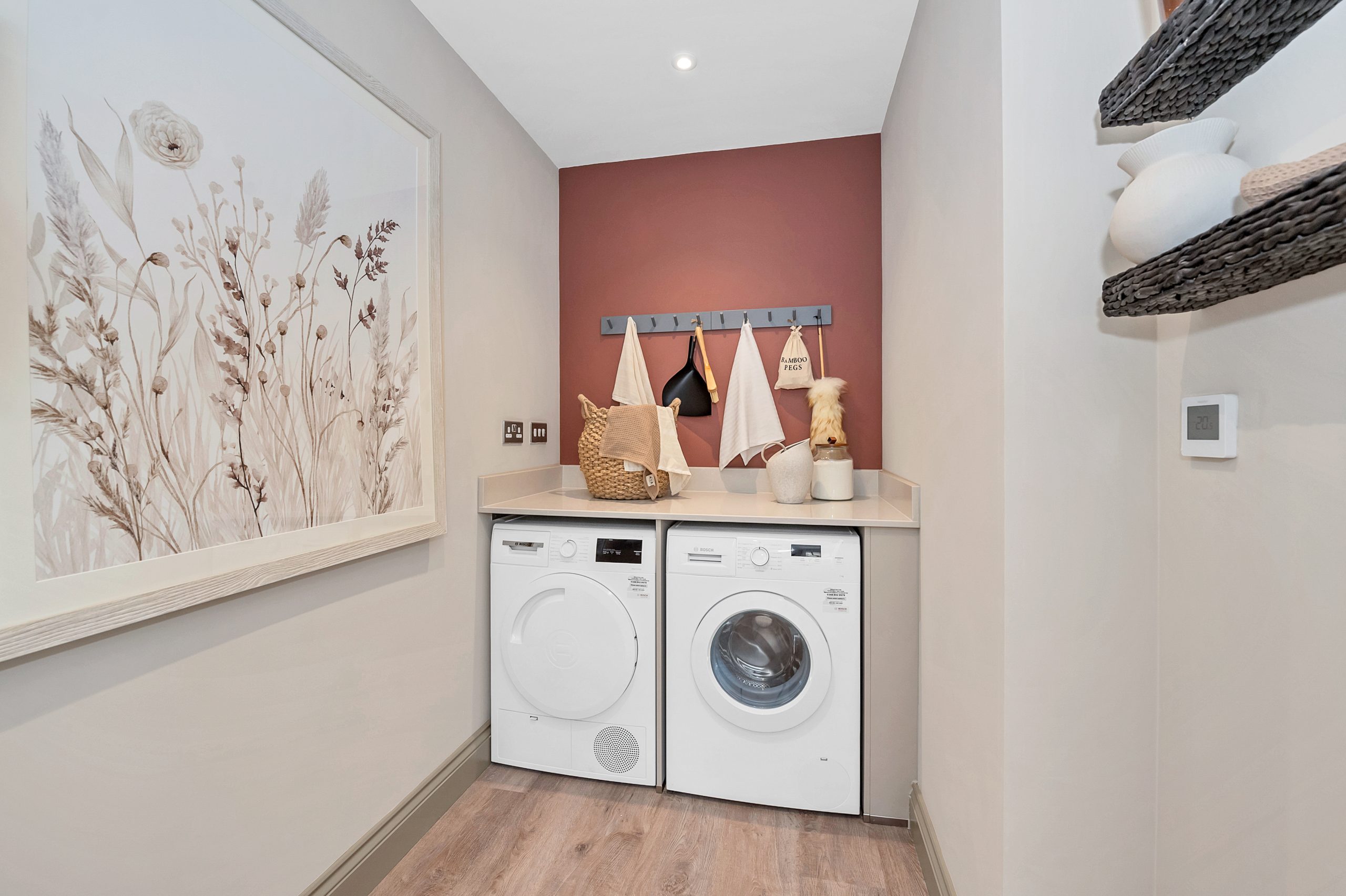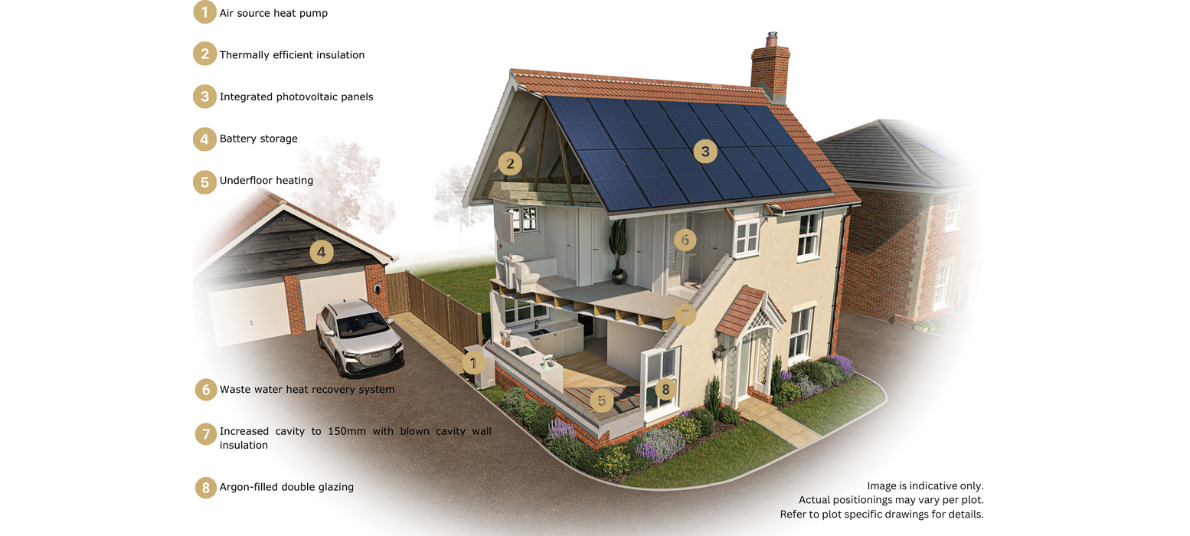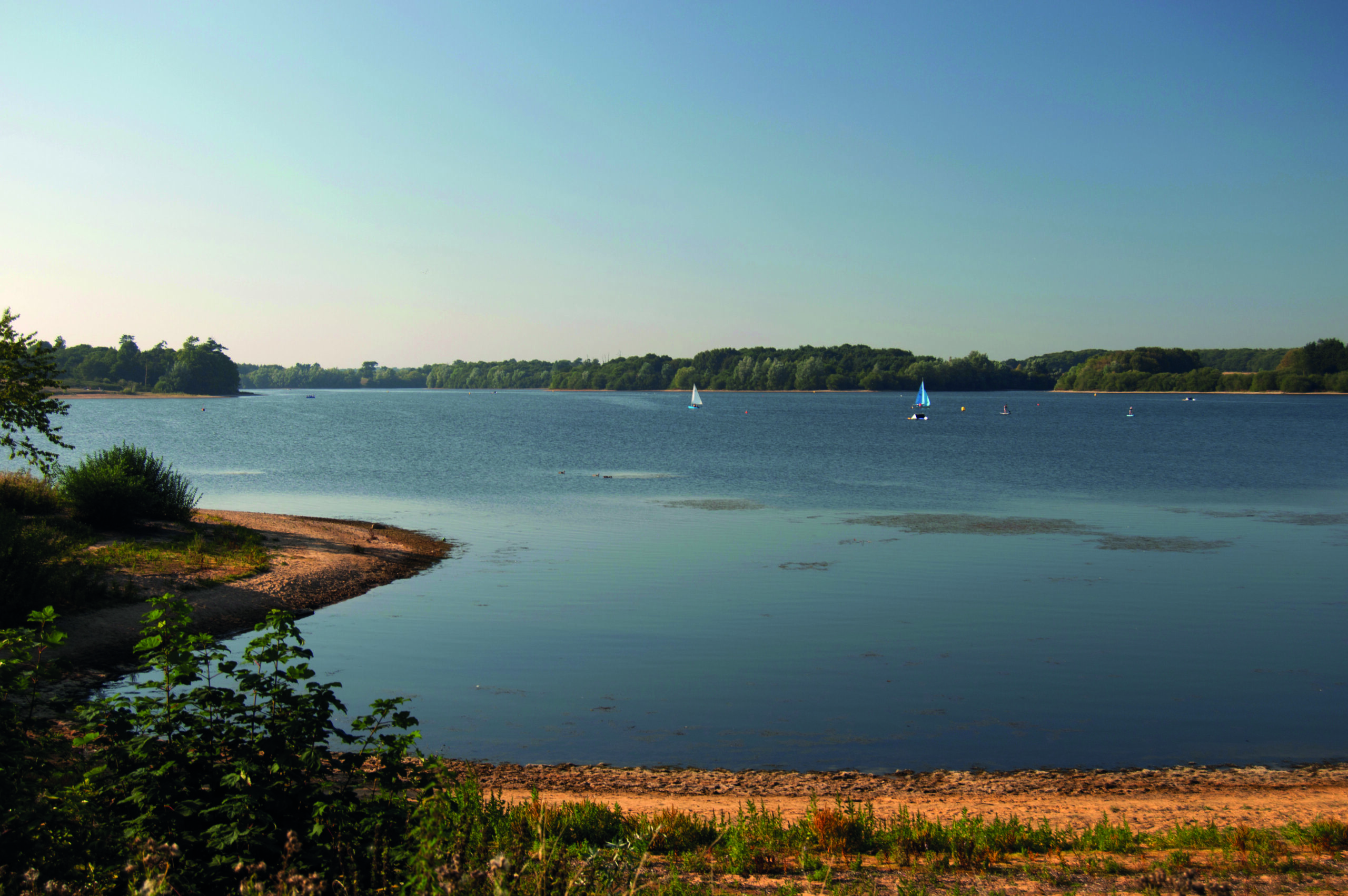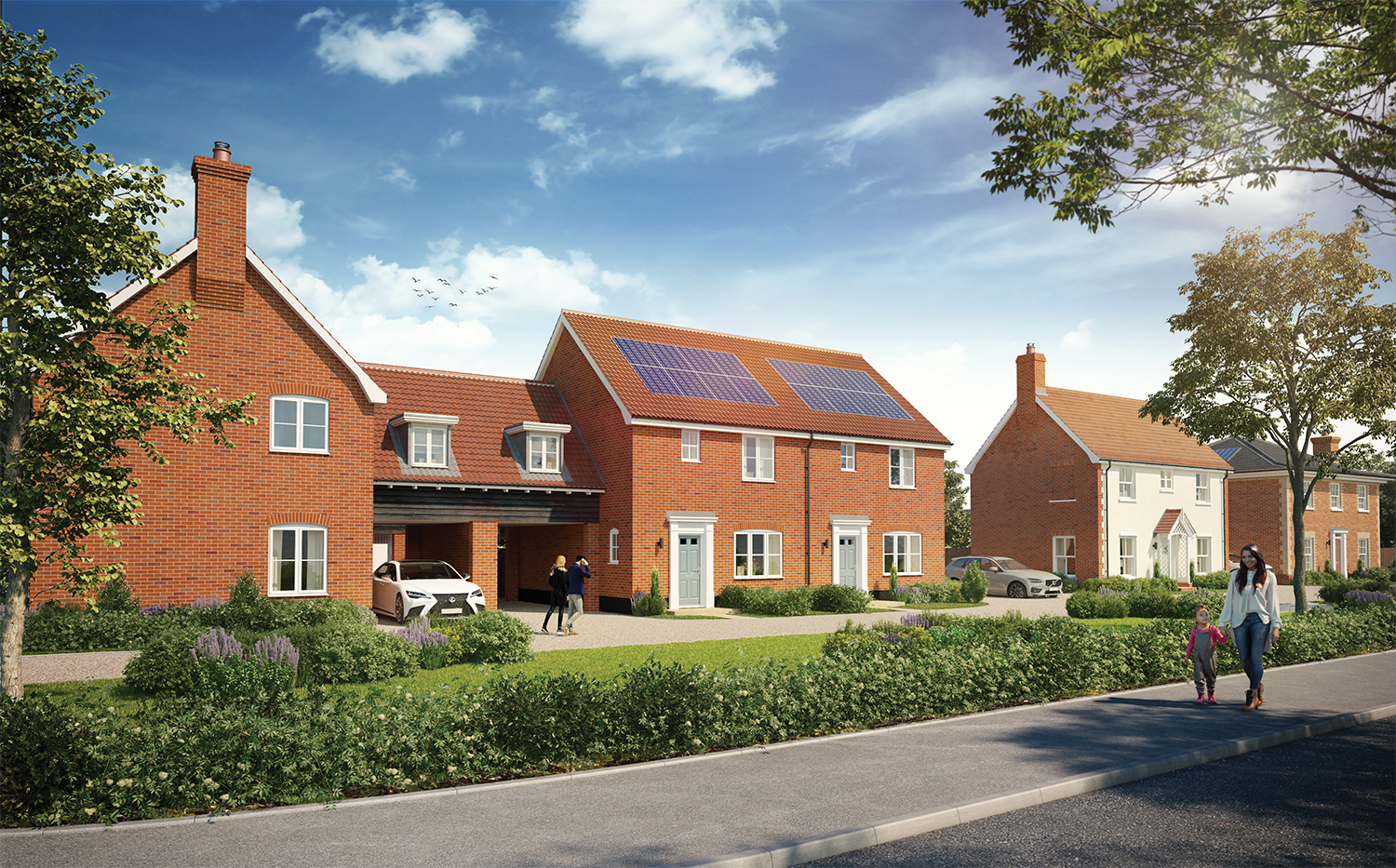Sustainable Energy-Saving Homes
With the rise in energy bills and concerns about climate change, it’s not surprising that many of us rate energy efficiency as a top priority when choosing a new home. Let’s take a closer look at sustainable living and what makes a home energy efficient.
Understanding Energy Efficiency in Homes
Home efficiency is about more than lower energy bills (although that’s incredibly important). An efficient home is a comfortable home, designed around creating the right environment for you.
An energy-efficient home not only benefits your community with reduced carbon emissions and clean, modern eco-friendly homes but also contributes to a more positive environmental impact. Additionally, sustainable living and reducing our carbon footprint have a significant effect on the wider environment and climate change.
The Importance of Energy Efficiency for Homeowners
Lower energy bills and a highly rated energy performance certificate (EPC) are important to homeowners when it comes to the value of your home. The growing number of mainstream lenders offering incentives (such as a preferential interest rate on energy-efficient properties) highlights the shift in perspective about eco living.
How Energy Efficient Are New Builds?
New build homes are designed with energy efficiency in mind, from the building materials to the heating systems. If you live in an old property, don’t give up on your sustainable living ideas: you can retro-fit eco features, although it won’t be as effective as a new home which has efficiency literally built in.

Key Features of Energy Saving Homes
The gold standard of energy-efficient living involves taking a holistic approach, so your heating, water, insulation, construction materials and fixtures all work together to reduce your energy consumption. Every element combines to create a comfortable home that adapts with the seasons, and is wonderfully easy to live in.
If you are not fortunate to live in one of our new build homes, here are a few tips to help improve the energy-efficiency of an older property:
Insulation Techniques for Maximum Energy Conservation
Efficient insulation is the starting point for anyone hoping to improve their home’s energy efficiency. Most properties have loft insulation; however, upgrading wall and floor insulation can make a huge difference to the thermal regulation of the building. Good insulation will also help to cool your home in warmer weather.
Advanced Windows and Doors for Thermal Regulation
Ideally, windows and doors work with the thermal efficiency scheme, rather than causing draughts and thermal gaps. Choose quality, well-engineered doors and windows that minimise heat transfer, as well as cutting down on sound transmission and maximising natural light. If you’re going for a passive home approach through air sealing, it’s essential to invest in the right doors and windows.

Renewable Energy Solutions for Residential Properties
There are several highly effective renewable energy solutions for your home, including solar power and wind turbines. At Hopkins Homes, we fit many of our new build homes with air-source heat pumps, which draw heat energy from outside to power radiators, underfloor heating and hot water.
Solar Power Systems: Harnessing the Sun’s Energy
Photovoltaic panels (PV panels) are becoming an increasingly frequent sight on roofs across Britain. Cells inside these discreet panels absorb solar energy from the sun and convert it into electricity. Here in East Anglia, our climate is generally mild and dry, making it an excellent place for PV panel installation.
Wind Energy: A Viable Option for Homeowners?
Wind turbines are more often used commercially; however, if you have the space and don’t live in a sheltered spot, a small wind turbine should make some cost savings. Discuss your energy use (and local climate!) with a professional installer to find out what’s possible.
Smart Home Technologies for Energy Management
Homes of the future combine natural energies with the latest tech. Smart thermostats can manage the home environment for optimum comfort and cost savings, supporting everything from ventilation for a healthy building to making sure the heating is on when you get home from work.
The Role of Smart Thermostats in Energy Saving
Smart home technologies really are smart. Your smart thermostat will learn your preferences, making sure that your home is the optimum temperature, and adjusting this for you when you’re away or in bed at night. You won’t need to fire up the boiler just to heat one room, and you can even manage your heating, hot water and ventilation remotely, so you always come home to comfort.
IoT Devices for Monitoring and Reducing Energy Use
As AI and machine learning improve, so do smart home technologies. “Internet of things” devices communicate with each other, such as controlling your lighting or timers through a virtual assistant like Alexa. Unlike our energy bills, the cost of smart systems is coming down, making them a more accessible element of home design.

Water Conservation Strategies in Home Design
Many of us are concerned about our water consumption as well as our electricity costs, and a water usage strategy can help you stay on top of this. It can be as simple as a water butt in the garden or as complex as a wastewater heat recovery system (which we install in some of our new builds). Everything makes a difference to both your water meter reading and the environment.
Rainwater Harvesting Systems for Sustainable Living
Rainwater harvesting systems collect water that would otherwise flow from the gutters into the drains, and use it for non-potable functions. For example, there’s no reason why rainwater can’t be used to flush toilets or for basic washing tasks. You need storage tanks and a pump system, so if you’re thinking of retrofitting rainwater harvesting, speak to an engineer.
Water-Efficient Fixtures and Appliances
When you’re choosing your white goods, take a look at their water efficiency ratings as well as their energy-saving ratings, which are scored from A to G. Sanitaryware is also important. Look out for low-flush toilets and water-saving aerating shower heads.

Key Takeaways
Sustainable living benefits everyone: your family, your community and our planet. An efficient home is a modern and comfortable home, created for easy living as well as a reduced carbon footprint.
Here at Hopkins Homes, we’ve partnered with Octopus Energy to offer our first Zero Energy Bills homes. Find out more about these innovative new homes.
FAQs
Can Older Homes Be Retrofitted for Energy Efficiency?
Yes, older homes can be retrofitted to make them more energy efficient, and you can even apply a lot of energy saving measures to a listed building. Speak to a specialist builder to find out what’s possible in your property.
How Do Sustainable Homes Impact the Environment?
A sustainable home should have minimal impact on the environment. Everything about the building, from sustainable materials to how the system manages wastewater, is designed to tread as lightly as possible upon the earth, with as close to zero carbon emissions as possible.
What are some innovative technologies used in energy-saving homes?
There are lots of exciting new ways to make your home more energy efficient. Tech such as smart thermostats and building automation systems can help you manage your home.
Are there any government incentives for building or buying energy-saving homes?
The UK Government offers some energy efficiency grants. Find out more at https://www.ukgovgrants.org/ and https://www.gov.uk/government/collections/find-energy-grants-for-you-home-help-to-heat